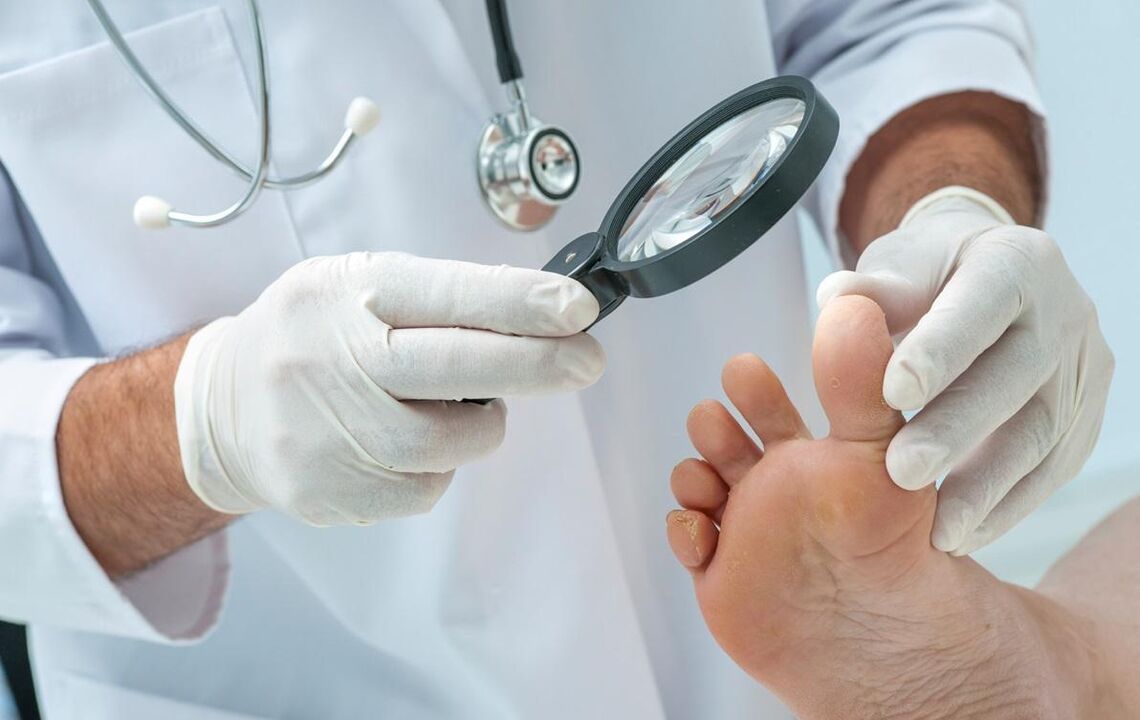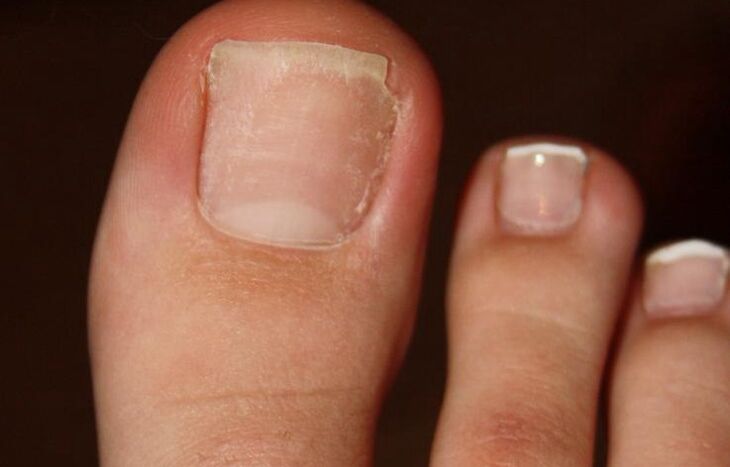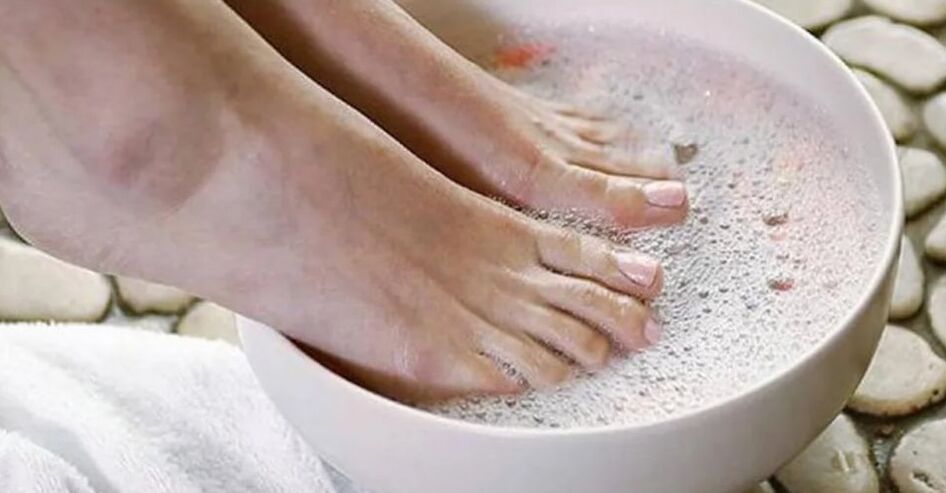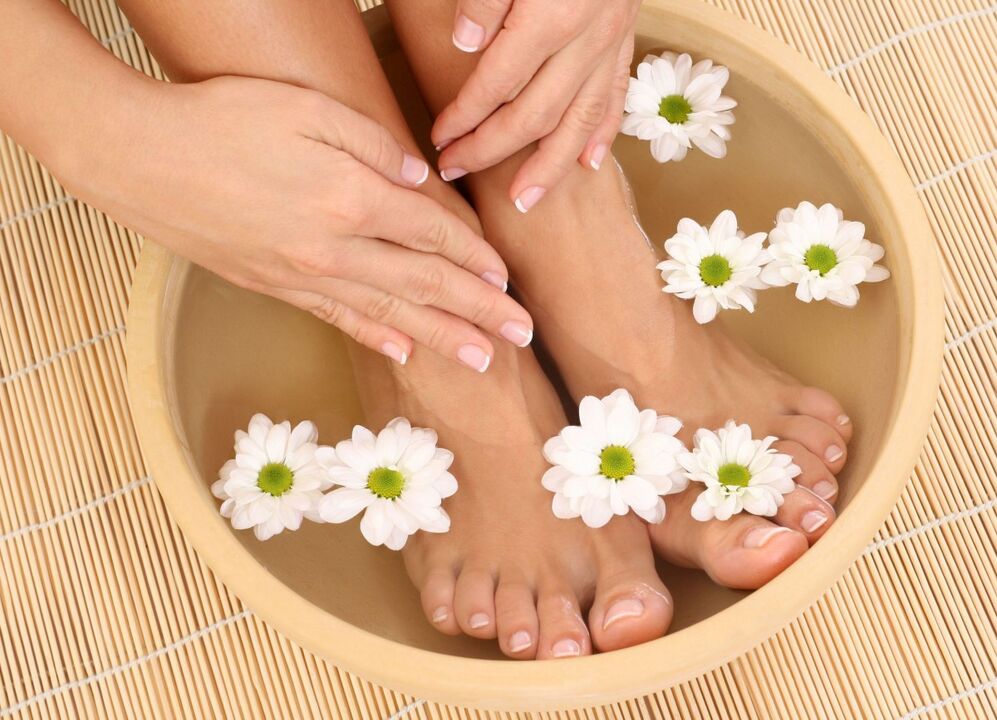If you ask at the clinic which doctor will help cure toenail fungus, then most likely they will refer you to a dermatologist. This seems strange. After all, a dermatologist treats skin diseases, and mycologists treat fungal infections.
But there is no contradiction in this. A dermatologist treats a variety of skin diseases. A mycologist treats only fungal infections, not just skin. If the disease is not advanced, a dermatologist from the district clinic will be able to prescribe an appropriate treatment and, if necessary, refer you to a mycologist. Of course, the nail is not exactly the skin. But nails are treated by dermatologists. Which doctor is best to contact?

In complex or very advanced cases, complex treatment is required. In addition to medicines for external use, pills, sometimes physiotherapy, are also prescribed. Of course, in such a situation it is better to contact a mycologist.
So who, which doctor treats nail fungus? Both answers are correct: the dermatologist and the mycologist. By the way, an appointment with a mycologist is often paid for. As a rule, there is no queue for it, and if there are serious reasons for suspicion, you can immediately go to the mycologist.
Regardless of which doctor treats the nails, paid tests may be required. But it is better to do an analysis to clarify the diagnosis or to make sure there is no fungal infection. In advanced cases, treatment will cost much more.
What does a dermatologist treat?
The word derma translates as "skin". This specialist deals with skin problems. Allergies, acne, scabies and even psoriasis. Dandruff on the head is treated by the same doctor. There are many skin diseases, but a dermatologist can distinguish a parasitic disease from an allergic one and prescribe a treatment even before the test result.
Which doctor treats nail fungus on hands and feet

Usually, in mild cases, fungal infections are treated by conventional doctors. Fungal diseases of the genital organs - urologist or gynecologist. Thrush in children - pediatrician. Dermatologist for uncomplicated skin diseases.
In severe cases (and more often - in advanced) the help of a specialist for fungal infections is needed. That is, the mycologist understands them. It is possible to consult a mycologist. if you do not want it to be recorded on the hospital card that a fungus has been found. Or you can not go to a dermatologist.
The first signs of a fungal infection of the foot

Forms of running arise from the fact that the disease was not immediately noticed. What should be alarming?
- If the skin between the fingers gets wet and cracked
- There is itching or redness of the skin of the foot
- There was swelling of the skin near the nail
- The skin is wrinkled
- Cracks in the heel
- The skin of the foot looks rough and irregular with good care.
- The color of the nail has changed, spots or streaks have appeared
- There was an unpleasant odor from the feet.
Just notice one of the above violations to take a closer look at your feet. Of course, the reason may be new or uncomfortable shoes. You need to change shoes, abandon synthetic socks. In the evening wash your feet with laundry or baby soap and then take a bath with sea salt or chamomile decoction. But if after two the appearance of the foot does not become normal, you should consult a doctor.
What is the risk of foot and nail fungus
Usually the fungus first touches the skin of the foot, and then goes to the nails. To treat the fungus, while only the skin is affected, is much easier. Ointments, infusions and various solutions penetrate the skin more easily than the hard surface of the nail. And they act faster. It is more difficult to cure a fungus when its manifestations become visible on the nails.
And the smallest particles of skin or nails affected by the fungus become the culprits of re-infection. Finally, other family members can be infected.
But is the fungus really that dangerous? What threatens besides itching and ugly appearance?
The danger is that some fungi can damage not only the skin of the feet or nails. The infection can appear, for example, in the ear. And in young children and the elderly - in inguinal folds. The skin there is softer and thinner. There are fungi that affect not only the skin but also the mucosa. It is best not to risk and wait for the infection to spread.
How is the treatment

In all cases, the doctor prescribes not only local treatment, but also tablets. They should not be antifungal medications. Complex preparations of vitamins and minerals help fight infection. Blood tests are required and other examinations are performed. Make an itch from damaged skin or nails. Usually the treatment is outpatient, but there is a day hospital where all procedures are done by a nurse. If injections are needed, they can be hospitalized.
But modern science can cure the fungus with two or three laser treatments. Treatment is not cheap, but in the most hopeless cases, a full recovery takes two weeks. Of course, a new nail will not grow during this time, not even the skin will recover. But the disease will be defeated. The interval between laser treatment sessions is one to two weeks. Unfortunately, even regional centers do not always have such equipment.
Home remedies for nail fungus

It is important to understand that home remedies that you can use yourself do not include medication. Excellent in the fight against fungi in the initial stage
- foot baths
- creams and compresses from herbs and vegetables
- essential oils,
- soda, salt, vinegar, vodka
- natural ground coffee
- alcoholic tinctures of medicinal plants
- ordinary yellow clay
- tar soap
From foot fungus - homemade recipes
2 tablespoons calamus root, pour a glass of boiling water, insist, cover, from half an hour to 40 minutes. Drink a quarter cup 4 times a day. Waiting 10 days simultaneously with external treatment.
Tincture of golden mustache. The stalk of the plant insists on vodka, 10 leafy stalks per 150 grams of vodka. Insist in a dark place for a week. Dilute with water before use. One part infusion is three parts water. Lubricate the affected skin and all toenails. Careful! The plant is poisonous!
Sea salt baths are done twice a week. After that, they wipe their dry feet and lubricate the inflamed areas with celandine juice.
Herbal infusion compresses. Take 20 grams of lilac flowers, calendula, celandine herb and oak bark for 2 cups boiling water. They insist an hour. Hold the compress for half an hour.
Grind a piece of tar soap. pour a quarter of the resulting chips with hot water. It is becoming a foot bath. Science has confirmed the antifungal effect of birch tar and tar soap. There are no contraindications. But the skin behind them is very sensitive to the sun. During the day after the procedure, go out only with socks! Tar soap dries the skin a bit. You need to know.
Types of coffee. Perfectly disinfects and promotes skin rejuvenation. A thickening is applied to the surface of all the toenails and to the skin at their base. This is done after evaporation, for example, a bath with salt, sea or ordinary. Wipe dry feet. wrap the legs with a bandage to adjust the thickness in place. Rinse after 20 minutes.
Potato stew. Unlike tar and coffee, mushrooms are not destroyed. But soothes the skin and relieves inflammation. In addition, after baths with a decoction of potatoes, the skin is updated faster.
Mycologist's recommendation
Protection against re-infection is the key to treatment. The spores of the infectious agent will not disappear on their own. It is necessary to disinfect bed linen, a rug in the bathroom and near the bed. Disinfect shoes. Fungal spores do not die with normal washing. Therefore, it is better to throw away only socks. Those who listen to the advice of doctors will get rid of the annoying parasite faster.





























